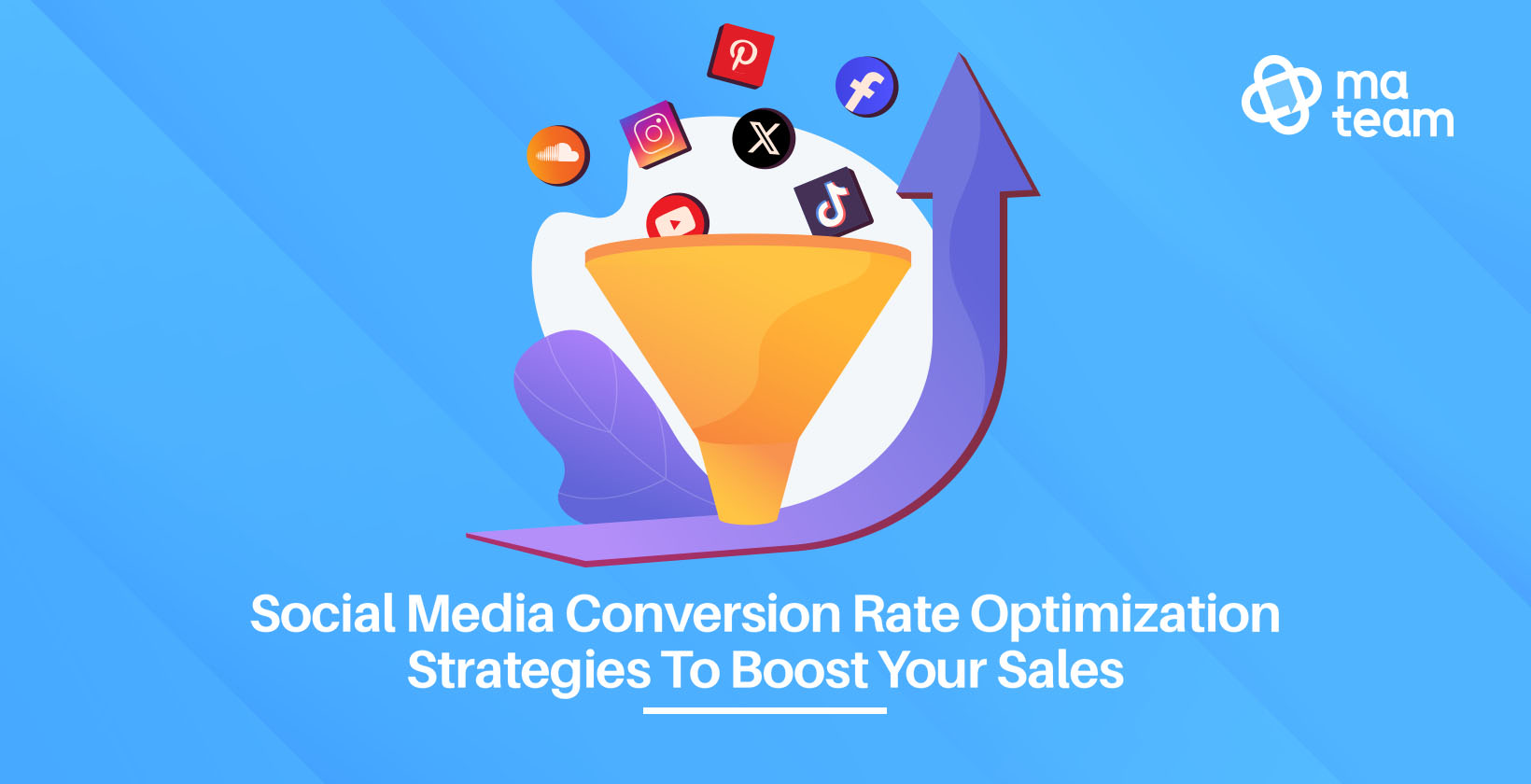In today’s fast-paced business world, companies rely heavily on text messaging as a crucial component of their marketing campaigns. However, if you’re operating within the United States, it is essential to stay well-informed about the latest spam regulations and penalties that can impact your marketing strategy.
To address this pressing need, the Campaign Registry has emerged. It is a helpful tool that companies can use to ensure they follow the rules and regulations. So keep on reading for a detailed introduction to TCR!
What Exactly is the Campaign Registry (TCR)?
The Campaign Registry is an entity created to assist companies delving into A2P and 10DLC messaging campaigns. With this platform, North American mobile operators can collaborate with businesses to register their campaigns. A2P text messaging campaigns are all registered with the help of TCR. Moreover, this registry supports a sanctioned A2P and 10 Digit Long Code text messaging campaign system.
The registration process for A2P campaigns can seem daunting to many marketers. However, the Campaign Registry makes this process way easier. Once registered, you can effortlessly send SMS messages to your customers. You can easily do this since customers previously consented to receive your notifications.
The Campaign Registry is a game-changer for anyone venturing into the messaging business. It provides visibility into the messaging source and content, ensuring that companies send only authorized messages. This, in turn, helps build customer trust and prevents their inboxes from getting cluttered with spam.
Today, text messages are a vital part of modern marketing. Therefore, you must ensure that you follow all regulations related to your campaigns. TCR will help you by supporting registering A2P campaigns and ensuring message authenticity.
Terminology to Be Aware of
In order to fully understand the significance of TCR, it is imperative to be well-versed in the key terminology surrounding it. Here we will explain the definitions of brand, CSP, DCA, MNO, A2P, and 10DLC text messaging.
A Campaign Service Provider (CSP)
A Campaign Service Provider (CSP) is the main user of TCR. CSPs work with various brands to develop and release messaging content. They design the messages, make the distribution list, and send the messages on behalf of their clients. CSPs play a significant role in ensuring the smooth functioning of all SMS campaigns.
Brand
A brand is a company or entity the end-user perceives as sending the message. Brands, through their CSPs, can create SMS campaigns to promote their products or services. They can also inform their customers about new updates or engage with them.
A Direct Connect Aggregator (DCA)
A company acting as a DCA will work with the Mobile Network Operator (MNO) Gateway to send messages to its customers. DCAs have contracts with multiple MNOs, allowing them to share messages across various networks.
A Mobile Network Operator (MNO)
A Mobile Network Operator (MNO) provides end-users with connectivity to the mobile network. In addition, MNOs ensure that SMS messages are delivered to the end-users of their network.
A2P Messaging
A2P (Application-to-Person) messaging is a type of SMS messaging that allows businesses to communicate with their customers through automated messages. A2P messaging is commonly used for marketing, banking, and customer service purposes.
10 Digit Long Code (10DLC)
A 10DLC is a code used for A2P messaging. MNOs perceive 10DLC texting as a better alternative to Short Code Texting because it is less expensive for businesses, less congested, and has higher throughput. However, if you want to use 10DLC texting, it is important to register with the Campaign Registry. This way, you will ensure you follow the government’s rules.
Why Do You Need to Register Your Campaigns with the Campaign Registry?
This process protects consumers from unwanted text messages. It also ensures that campaigns are legitimate and authorized. By registering, you help eradicate spammers who often use unauthorized numbers to send marketing messages.
You will have to register your campaigns if you use an application platform to text your customers. This holds regardless of the nature of customer interactions, whether conversational or marketing. In such cases, communication takes the form of A2P messaging, and registration is crucial. In addition, it involves the registration of your brand and phone numbers to ensure compliance with all regulatory requirements.
Campaign service providers are responsible for handling the message traffic. They are subject to strict compliance regulations mandated by authorities. Noncompliance can result in punishment. In addition, regulatory authorities periodically update their policies and guidelines for sending marketing messages via texting. These guidelines include mandatory information that businesses must have in their promotional messages. It could be contact information for the sender, opt-out options, and more.
In conclusion, registering ensures that your campaign (or conversation) is legitimate, authorized, and compliant with the law. By doing so, you will know that the whole communication is personalized, appropriate, and productive.
Essential Information to Gather Before the Registration Process
When you want to register your campaigns, there are certain essential pieces of information that you need to have beforehand. The first is your EIN or Employer Identification Number. It is a unique nine-digit number that the IRS assigns to businesses for tax purposes. Your basic company information is also required for the registry.
Once you have this information, any CSP can register campaigns with TCR by disclosing who is sending the campaign and what exactly is being sent. The registry ensures that everything complies with the regulations set forth by the relevant authorities.
After TCR approves a campaign, the CSP will work with DCAs to publish the campaign. It will then become available on various mobile networks.
More than one campaign type can be registered with TCR, including those that use toll-free numbers or other specified routes. Therefore, if you have any new campaigns in mind, enrolling them with TCR is an ideal way to ensure that they comply with all the regulations and guidelines. This way, you will stay within the boundaries of the law while also reaching a wider audience through mobile networks.
A Step-By-Step Registration Walkthrough Process
Now that you know what the Campaign Registry is all about, let’s go over how swiftly and quickly you can start using it.
There are three straightforward steps that you must complete to register your brand, campaign, and phone numbers. The first step simply involves registering your brand, which usually requires only a few minutes.
The second step is registering your campaign. This can take anywhere from 5 to 20 business days, depending on how quickly your application is processed. You will be notified when your campaign has been fully registered.
The final step involves assigning phone numbers and enabling SMS capabilities. This typically only takes a couple of hours. Once it’s done, your campaign is fully registered and ready to use. However, due to mandatory third-party vetting, phone numbers may take up to 20 business days to enable SMS on a TCR-registered campaign.
Add a New Brand
When you’re adding your brand, you’ll have three steps: Add your company’s details, Add your address and contact, and Confirm.
Regarding your company details, you will have to fill in the following information: Legal company name, type of legal form, EIN/Tax ID issuing country, country of registration, Employer Identification Number (EIN), and DBA or brand name.
The next step is adding your address. You can choose between starting with a blank form or using your current billing address and contact details. When you’re done, you can go and confirm your data.
The Types of Campaigns
There are two types of available campaigns: dedicated and mixed.
Dedicated campaigns are suitable for a single purpose only. Avoid choosing this type if your campaign serves multiple purposes like marketing, delivery notifications, customer care, appointment reminders, 2FA, etc.
Mixed campaigns enable up to 5 purposes per assigned phone number. Choose this type for combined purposes like marketing, delivery notifications, customer care, appointment reminders, 2FA, etc., without any penalty by TCR or mobile carriers.
Choose Your Preferred Use Case
After choosing your campaign, you will also have to select a use case. You can choose between two use cases. The first one is Conversational standard volume. With this use case, you can send over 15,000 messages a month with no broadcast or automation.
The second is Conversational low volume, where you can send less than 15,000 messages monthly. You can send up to 6 messages a minute – no broadcast or automation. However, be aware that campaign prices may vary based on associated fees. Therefore, you need to stay well-informed about your costs.
Choose Between Conversational Messages and Automated Messages
Conversational messages are the most common. Keep in mind that no broadcasts, automated, or API-driven messaging are allowed. You can use these messages for communications between internal team members and send conversational messages to your prospects or partners.
Automated messages are used for marketing purposes, customer care, list-based (broadcast), reminders, or automated text notifications. You can use these messages for multiple use cases with the same phone number.
Fill in the Specifics of Your Campaign
Now, you need to type in your campaign details. This includes your campaign name, a detailed description of how your company will use this campaign, and a thorough depiction of how you obtain consent from your clients, employees, or any other recipients.
You will also have to add 3 to 5 unique sample messages best reflect how you will be using SMS. If you fail to do so, TCR will block your campaign.
Why is My Campaign Rejected?
There are two most common reasons for your campaign to be rejected. The first reason is that you did not provide accurate details on how you are obtaining consent from your recipients.
The second reason is inadequate sample messages. For example, one of your sample messages omitted the hyperlinks required in SMS. You should review your data again to ensure that all required information is entered correctly.
Assign Numbers
After creating your brand and campaign, assign your numbers to the relevant campaign. You can use SMS to assign all numbers for most customers. But remember – for automated campaigns, you need to assign those numbers to that specific campaign. Your other numbers will be appointed to the conversational campaign. The process takes 10-15 minutes to complete, including SMS enablement.
A Comparison of Long Code and Short Code Texting
Short-code SMS campaigns have always been preferred due to their ability to create an immediate recall for a brand. However, long-code SMS campaigns are now becoming more and more popular. This is because short codes have an increased likelihood of being blocked by carriers for spam, making them less reliable.
Long-code SMS campaigns are carried out using a regular 10-digit phone number, the same one used for personal communication. These cost-effective campaigns are an attractive alternative to short codes for brands with budget constraints.
In addition to reliability and cost-effectiveness, long-code SMS campaigns offer brands a more personal touch. They allow for two-way communication, enabling customers to reply and engage with the brand. As you can see, these campaigns have many benefits, including increased engagement and, ultimately, higher ROI.
The Role of Third-Party Vetting in TCR
In the world of mobile marketing, mobile network operators need to make sure that their services are used responsibly and ethically. To this end, TCR has implemented a vetting process for any campaigns registered in its system.
One aspect of this process is the use of third-party vetting services. This means that after a new campaign is submitted, the Campaign Registry refers it to an external vetting agency for an additional review. This extra step helps ensure that the texting content complies with industry standards.
So why is this level of scrutiny necessary? Well, if campaigns are not carefully screened, they could send messages that violate regulations. By employing additional vetting services, TCR is taking a proactive approach to filter out these campaigns. It’s also a great way to promote transparency.
Congratulations on making it to the end of this article! We hope the information provided has been informative and helpful to you. We believe that TCR is a major step forward in the fight against digital advertising fraud, and we encourage all advertisers and platforms to join this important initiative!






